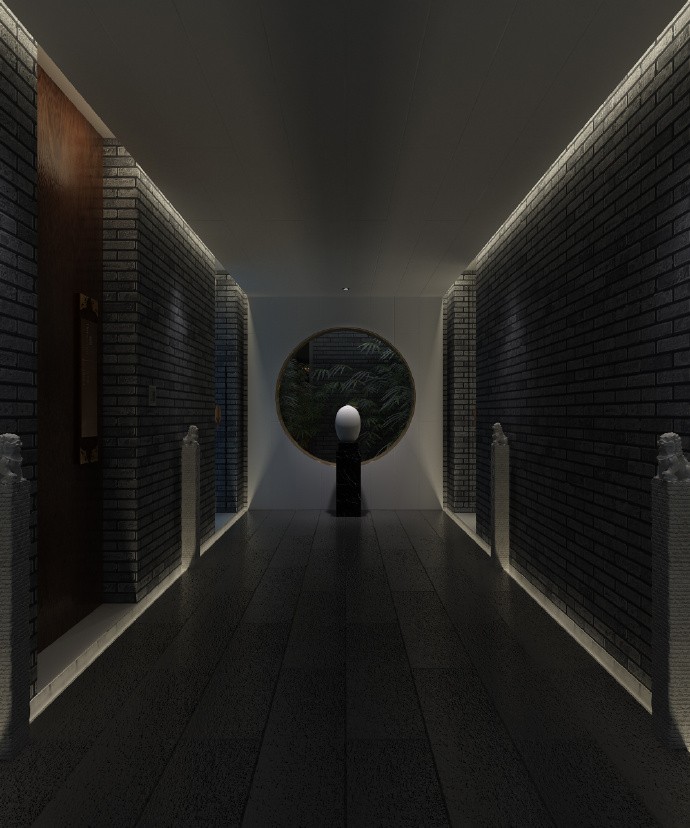MASS MoCA Building 6 BrunerCott - Associates
2017-11-20 13:00
© Michael Moran
迈克尔·莫兰


Exploded Axonometric
爆炸轴测


© Michael Moran
迈克尔·莫兰


架构师提供的文本描述。作为一个开拓性的适应性再利用项目,MASS MoCA为建于19世纪末的一座占地17英亩的工业综合体注入了新的生命。博物馆分三个阶段完成,最初于1999年向国际社会开放。第三阶段,也是最后阶段,第六楼,是实现建筑师的25年总体规划,这继续了弥撒博物馆的“博物馆内的博物馆”的概念。两栋建筑,连同130,000 sf的未开发空间,创造了视频、电影和多媒体展览的区域,以及活动、车间和存储空间。(鼓掌)
Text description provided by the architects. A pioneering adaptive reuse project, Mass MoCA breathes new life into a 17-acre industrial complex built in the late 1800s. The museum was completed in three phases, initially opening to international acclaim in 1999. The third and final phase, Building 6, is the realization of the architect’s 25-year master plan, which continues Mass MoCA’s “museums within the museum” concept. Two buildings with a combined 130,000sf of undeveloped space create areas for video, film, and multi-media exhibits, as well as events, workshops, and storage.
© Michael Moran
迈克尔·莫兰


建筑物和建筑群的庞大性,带有相互连接的庭院、桥梁和人行道,提供了试验开放空间、结构元素和连接的机会。设计干预从一千多个柱子,数百个窗户,和英亩的枫树工厂层中编织而出。现有的空间被编辑,雕塑一个两层的玻璃屋顶中央核心,一个休息室在博物馆的“船头”,和两层的开放艺术和视觉联系。最初的建筑仍然清晰-规模、背景和历史-但它作为博物馆的新生活已经彻底改变了。
The massiveness of both the buildings and the complex, with interlocking courtyards, bridges, and walkways, offered the opportunity to experiment with open spaces, structural elements, and connections. Design interventions weave in and out of over one thousand columns, hundreds of windows, and acres of maple factory floor. Existing spaces are edited, sculpting a two-story glass-roofed central core, a lounge at the museum’s “prow,” and two-story openings for art and visual connections. The original building remains legible—giving scale, context, and history—but has been thoroughly transformed for its new life as a museum.
© Michael Moran
迈克尔·莫兰


建筑物最重要的定向、仪式和过渡空间是通过雕塑抢救而不是添加新材料来创造的。该项目使用的所有砖块、结构木材和成品木材都是从建筑物本身打捞出来的-大大减少了运输、开采和工业能源。其结果是在一个数百年来一直被称为创新中心的地方的框架内鼓励实验与合作的透明度。
The building’s most important orienting, ceremonial, and transitional spaces are created through the act of sculptural salvage, rather than the addition of new materials. All bricks, structural wood, and finished wood used on the project are salvaged from the building itself—greatly reducing transportation, extraction, and industrial energy. The result is a transparency that encourages experimentation and collaboration within the framework of a place known for centuries as a center for innovation.
Materials - Editing
材料-编辑




































Architects Bruner/Cott & Associates
Location North Adams, MA 01247, United States
Lead Architects Simeon Bruner, RA; Henry Moss, AIA, LEED AP; Jason Forney, AIA, LEED AP; Aoife Morris, AIA, LEED AP; George Gard, AIA; Stephanie Power, AIA; Lena Kozloski, AIA, LEED AP; Nat Crosby
Area 130000.0 ft2
Project Year 2017
Photographs Michael Moran
Category Adaptive Reuse
Manufacturers Loading...
























